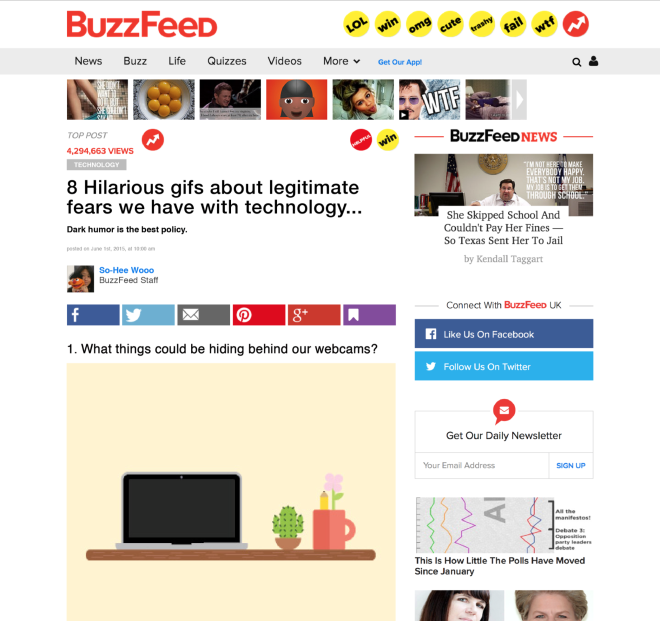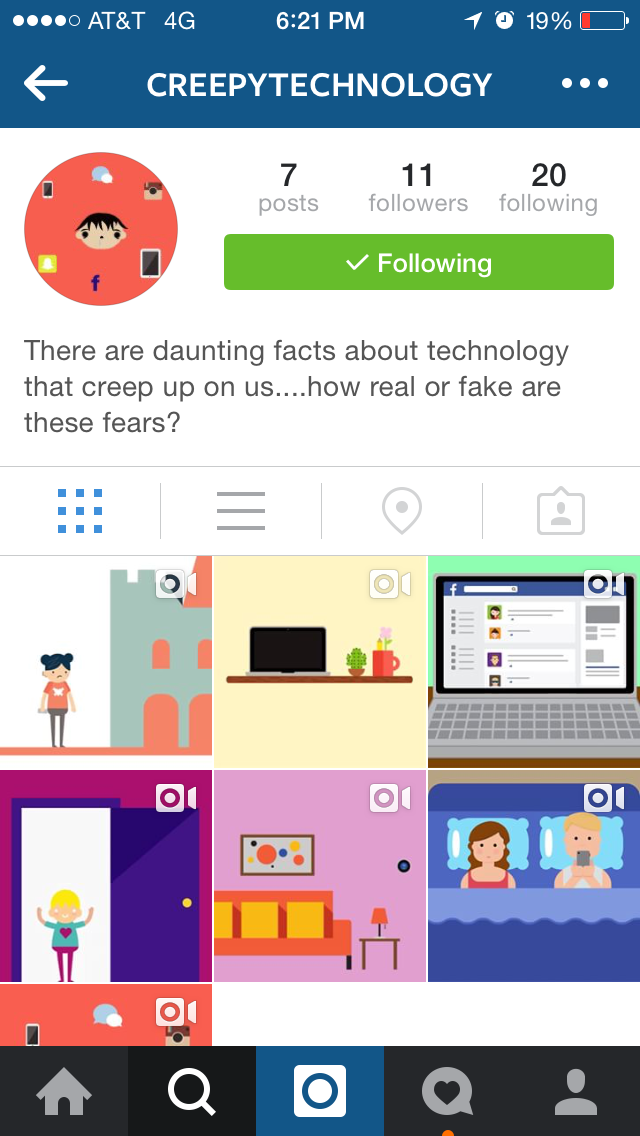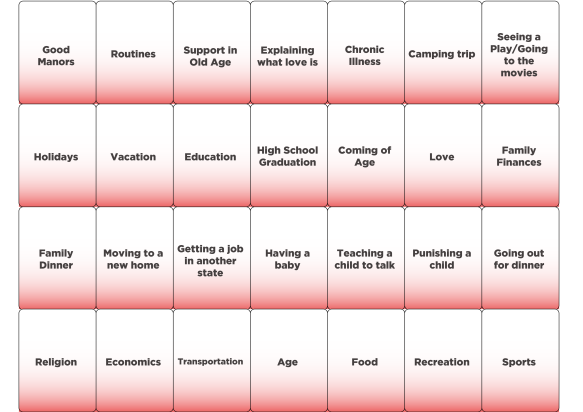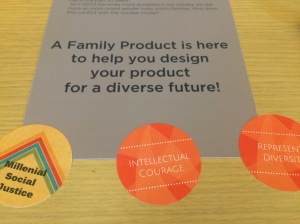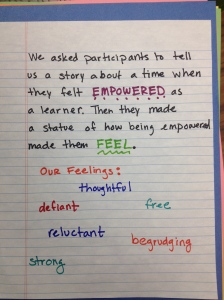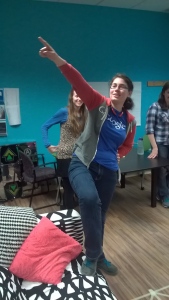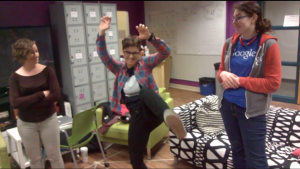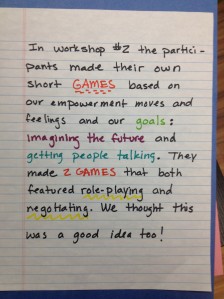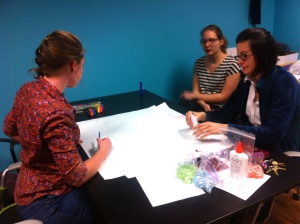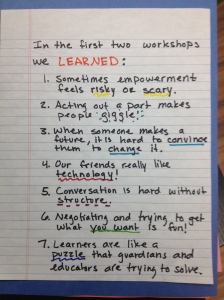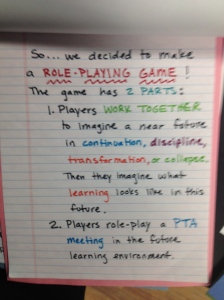Before this class, I saw design as a way to solve problems practically and beautifully. I saw the difference between art and design to be that one was from the creator to the world and the other was for the world by the creator. Design fiction is a combination of these differences and solves the problem of a closed mind. It works because it is designed to provoke, created with a goal in mind. Throughout the class, we were able to learn about all kinds of design fiction works and discuss the ways that they were and weren’t successful. I loved learning about these works, but the art of successful design fiction became much more apparent to me when our class presented their final projects.
I really enjoyed seeing the progression of how these projects evolved and developed, especially since there was such a variety of projects and topics. It was also intriguing to see the correlation between project and student. I love that students used their strengths to create projects that showed what they care about, in a way that is important to them. Sankalp created a beautiful video to show his concept. The video was thoughtfully made and that extra touch of care made it even more successful. I was also blown away by the creativity behind John’s business card project and the way that it was presented because it felt incredibly real, like it could actually work. He was able to use his knowledge of code and programming to make his project even more compelling. Finally, I really enjoyed reading through Joe’s website about the placebo effect because the content was well thought out, making it incredibly provoking. His project felt like a beautifully designed experience that achieved its goal. I really appreciated the way that his and many other projects showed the power of design in a different space/solving a different problem.
After this whole experience, I think that it’s incredibly important for all designers to understand the significance of design fiction. For me, the power of design was revealed to me when I saw design achieving a different goal, one that is important and often less embraced. Design should be a part of all aspects of society and our personal lives. When the principles of design are thoughtfully put into play, it can open doors and set ideas into motion.

